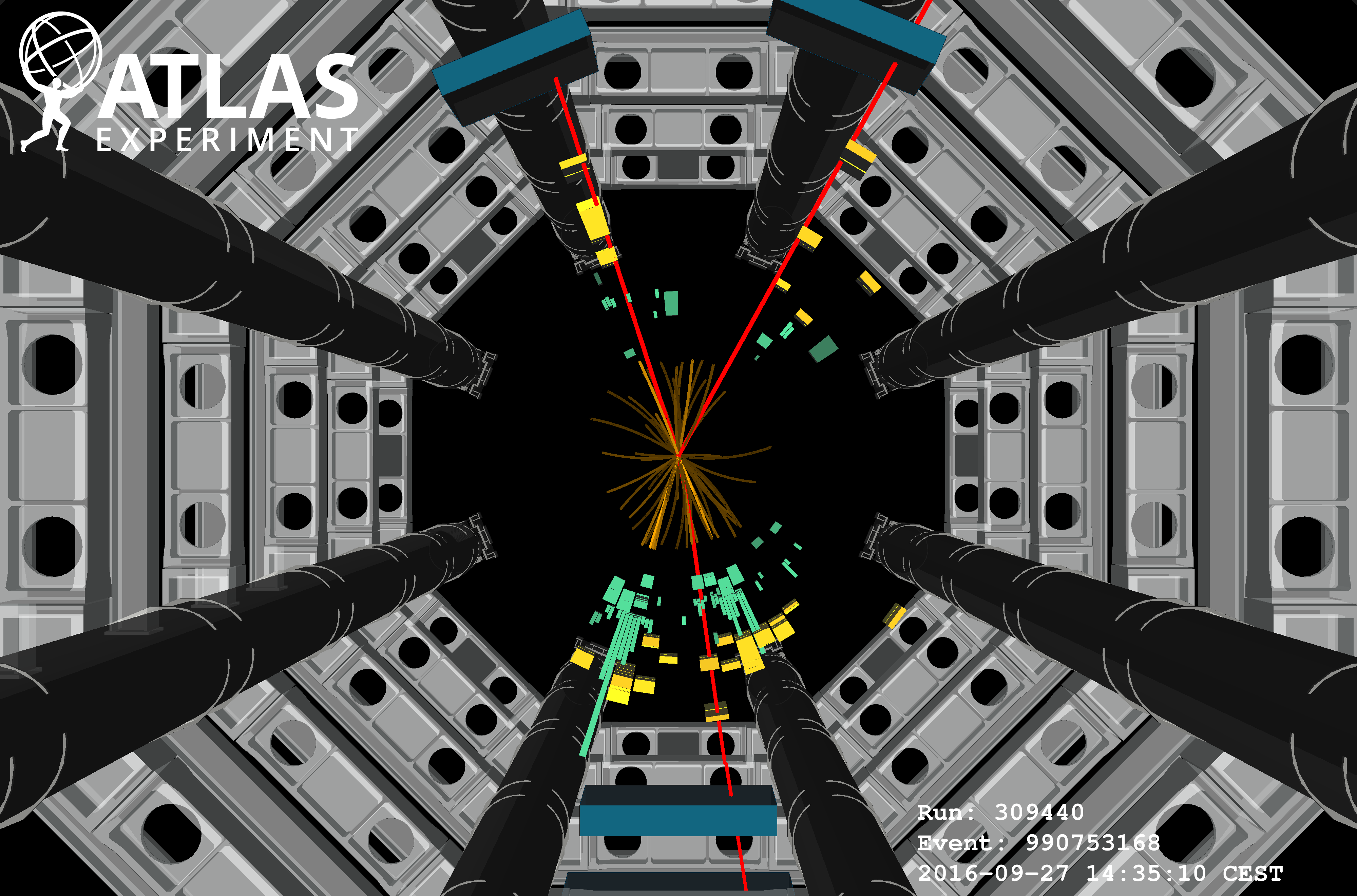Algorithms@UCL
The UCL group is heavily involved in the underlying algorithms that reconstruct the physic objects created in the detector, in particular:
- Tracks: The reconstruction of charged particle trajectories (tracks) in jets.
- Jets: The reconstruction of very boosted (high momentum) streams of particles, or jets. When very boosted particles decay, their decay products will typically overlap creating a very high energy jet. The UCL group pioneered the study of the structure of such large jets, which is vital for studying highly boosted final states.
- b-Tagging: Many physics processes of interest contains b-quarks in their decays. These manifest themselves as jets in the detector. However, due to the relatively long-lifetime of the b-quark they will typicallly travel several millimetres before decaying, leaving a distinct signature that we can reconstruct using advanced algorithmic and machine learning techniques.
Key Academics
Jon ButterworthMario Campanelli
Andreas Korn
Tim Scanlon

